The power of social media marketing for small businesses
As a small business owner, you know the importance of getting the word out about your company and engaging with customers. Social media platforms are indispensable tools for achieving this.
The following is a guide to help you leverage social media to increase your brand’s awareness, engage with customers, and generate leads.
Step 1: define your goals
Before diving into the world of social media, it’s crucial to identify your business goals and understand how social media can help you achieve them. Some common objectives for small businesses include:
- Increasing brand awareness
- Building customer relationships and loyalty
- Generating leads and converting them into sales
Step 2: choose the right platforms
While there are many popular social media platforms, not all may be suitable for your business. Choosing the best platforms for your business will depend on your target audience and the type of content you create.
Some of the most popular platforms include:
- Facebook: Offers a wide reach and flexible options for engaging with customers.
- Instagram: Ideal for visual content and targeting younger audiences.
- TikTok: A hub for viral trends, music and educational content, TikTok is primarily focused on younger audiences. For business owners it offers a unique opportunity to connect with a global audience, boost brand awareness, and promote products or services in a fun and engaging way.
- LinkedIn: The best platform for B2B marketing and professional networking.
- Twitter: Great for real-time updates and sharing news about your business.
- Pinterest: Excellent for businesses with visually appealing products, especially in the fields of fashion, home decor, and food.
Step 3: develop engaging content
To make the most of social media, you need to create content that resonates with your audience. Here are some content ideas you can use to engage with users:
- Share behind-the-scenes looks at your business operations or new product launches.
- Post customer success stories and testimonials.
- Share educational and informative content related to your industry.
- Publish promotional content, such as limited-time offers, contests, and giveaways.
Step 4: content distribution plan
Now that you have created engaging content, it’s time to decide how to distribute it across various channels. To do this:
- Create a content calendar with a detailed timeline for posting on each platform.
- Consider the optimal times to post on each platform for maximum engagement.
- Consider using scheduling tools like Buffer or Hootsuite to automate the posting process.
Step 5: measure your success
To ensure that your social media strategy is effective, it’s crucial to track key performance indicators (KPIs) over time. Tracking these KPIs will help you understand the effectiveness of your campaigns and make necessary adjustments:
- Number of followers, likes, comments, and shares
- Reach and impressions
- Engagement rate
- Click-through rate
- Conversion rate (number of leads and sales generated).
Step 6: align content with your brand story
Lastly, make sure that all content pieces align with your company’s brand guidelines and convey a cohesive narrative that tells your brand’s story. This will help create a consistent brand image and reinforce your brand identity in the minds of your audience.
Small businesses can get a big boost by using social media to spread the word about their brand, connect with customers, and find new opportunities. Just follow these steps and you’ll be on your way to an awesome social media marketing plan for your small business.
Are you struggling to balance your books, keep up with legislative changes, organise paperwork and maintain tax compliance at the EOFY? Give our team a call on 1300 787 443 now for your free consultation and stay focus on what you do best.
